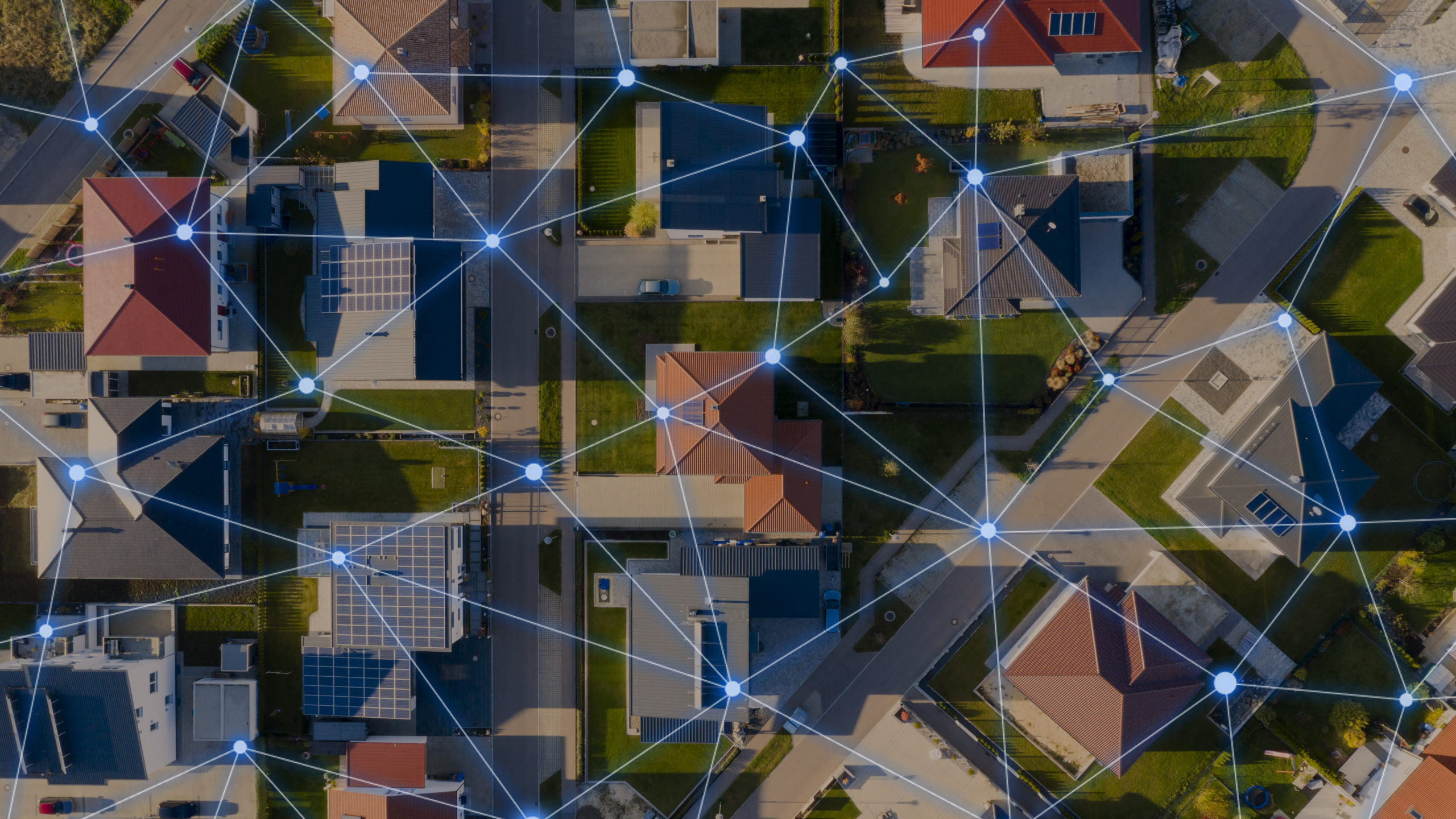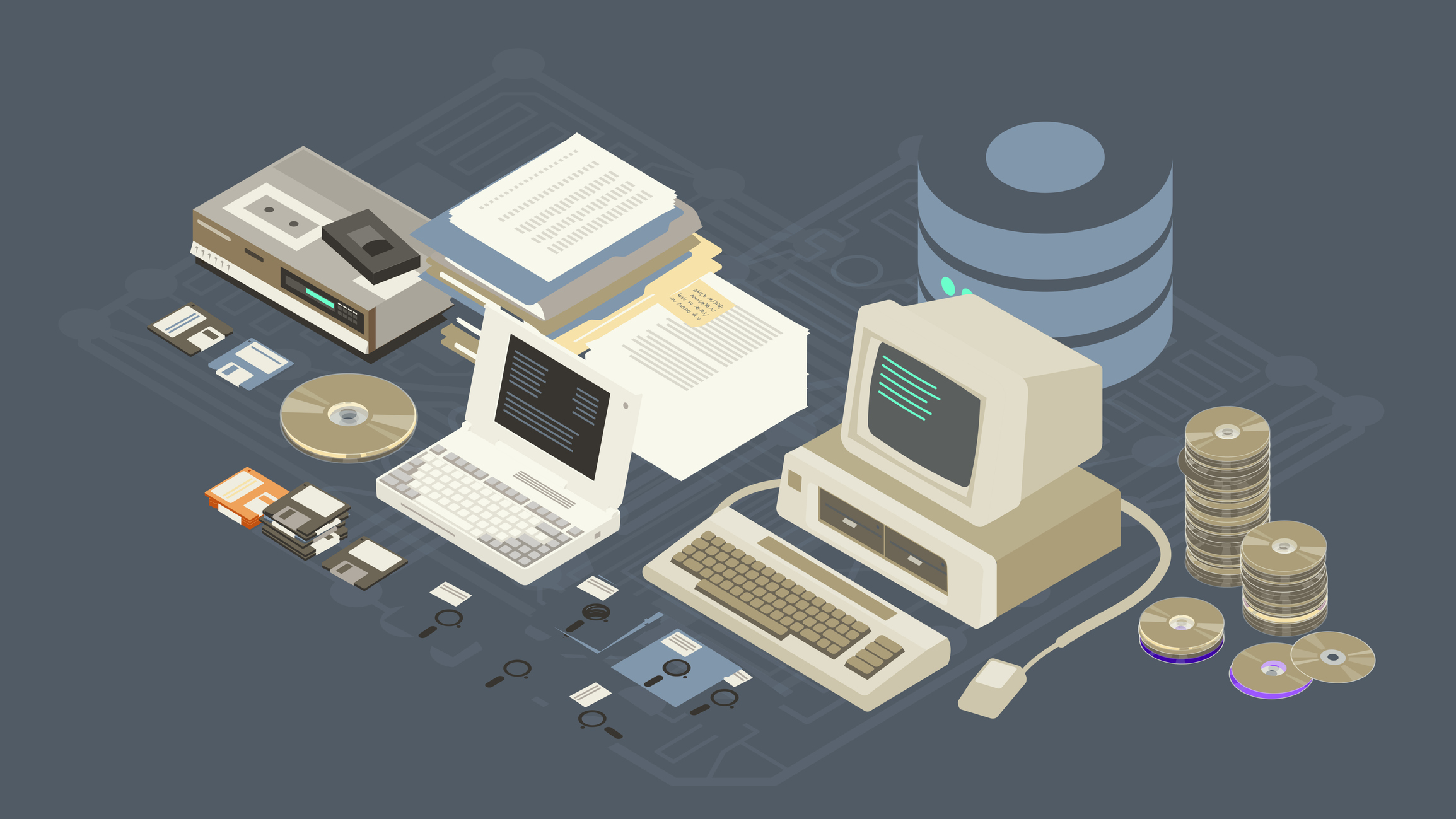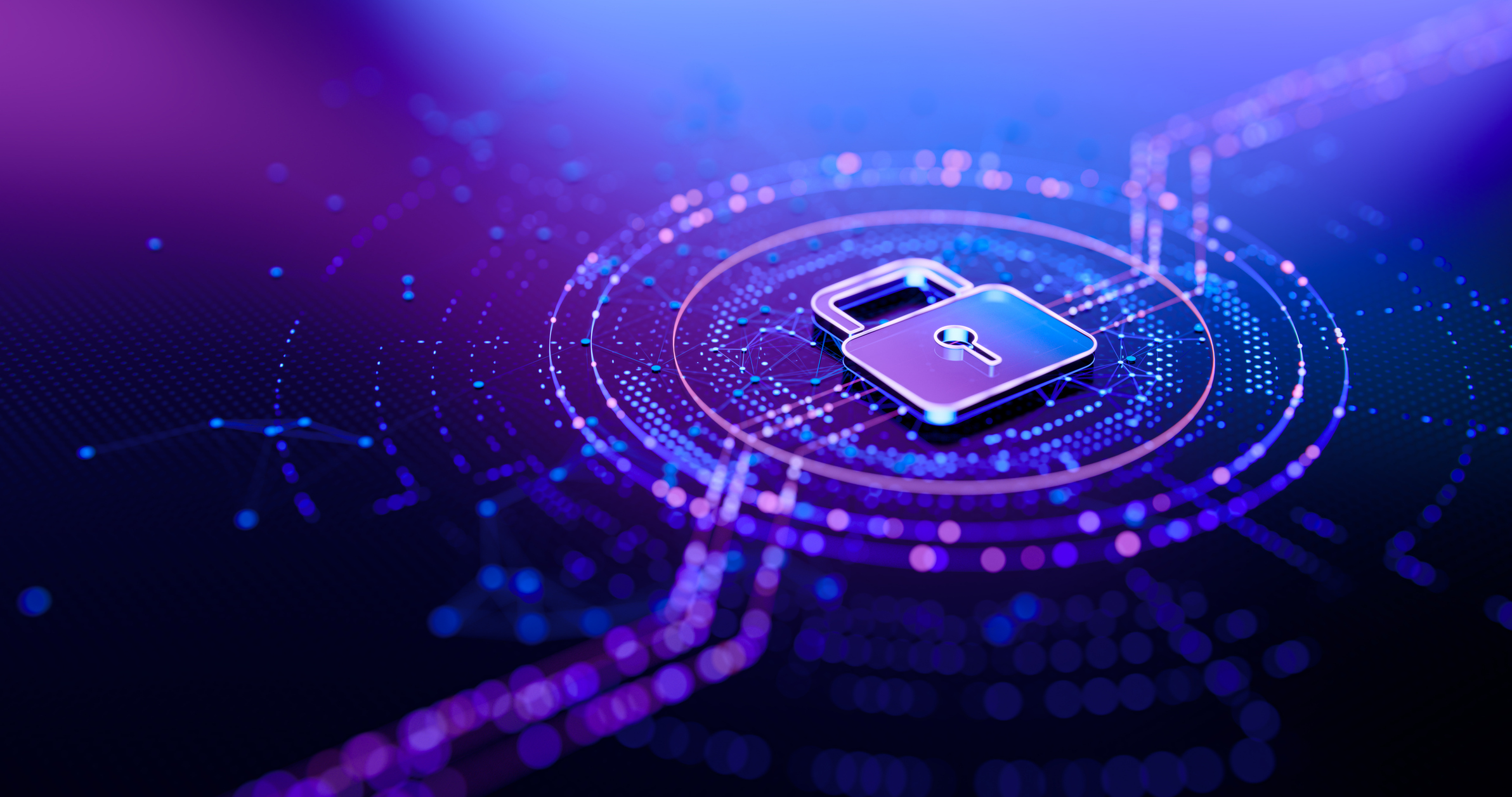Around the world, demand response and distributed energy resource (DER) programs have increased in scope, scale, and availability to satisfy both global decarbonization goals and an increasingly complex energy landscape. For perspective, a recent analysis forecasts an estimated $1.71b growth in the demand response market between 2021-2025, while DER technologies are driving a cumulative $110.3b between 2020-2025. These investments clearly illustrate the growth in the value of DER and demand response to utilities in need of innovative and flexible solutions. Additionally, the array of DER devices that can help utilities manage the grid across a variety of homes and business types, using the utility’s choice of distributed energy management systems (DERMS), means that utilities are saddled with paying for costly and time-consuming custom integrations between DER devices and DERMS, including developing their own application programming interfaces (APIs) at times. This is why Virtual Peaker developed the Gravity Connect API™, a low-cost, open-source tool to quickly and efficiently connect DER devices to utility DERMS.
Open APIs and OpenADR
No matter the type, every DER requires an API to communicate and share data with the DERMS systems utilities use to manage grid-interactive DER devices. The utility industry has supported standards to make DER devices interoperable and to make dispatching those devices similar across types and utilities. Two examples include IEEE 2030.5 and OpenADR; while each has its value and has helped utilities realize programmatic goals, these standards can be unwieldy in their scope –potentially requiring many customizations for each implementation.
For example, both standards present operational difficulties for program development due to limited support for automated device enrollment, meaning that program participants are obligated to sign up manually presenting a barrier to scaling DER programs. Likewise, both standards tend to require that data passes using XML, a cumbersome and unpreferred means of sharing data for many developers.
Because the Gravity Connect API® is an open API spec, it addresses these and other development concerns, without vendor lock-in. Should a DER device company decide to build to the Gravity Connect API, it will be useful for any DERMS, not only the Virtual Peaker software suite.
A One-Stop Shop For OEM API Needs
Utility business models mean that minimizing operating costs and enhancing customer satisfaction and engagement are critical. We’ve outlined a few of how the industry-standard APIs fail to meet utility needs. The Gravity Connect API was developed to minimize those pain points through quick and easy-to-use integrations that are not only just open but easily accessible. The Gravity Connect API empowers DER device partners through:
- No vendor lock-in
- Open source specs and best practices for development
- A strong, scalable, and easy-to-implement two-way integration that provides device telemetry and control
- Access for DER device manufacturers to partner with utility programs that provide valuable incentives for eligible devices
Likewise, utility partners benefit from an expanded OEM network, as well an enhanced number of supported devices in the industry. In short, irrespective of device OEMs or DERMS, the Gravity Connect API saves money and time, while connecting utilities and a host of devices. Let’s look at a few common challenges.
Obstacle: API Development is Costly
A huge component of the development price tag is in both development time and scalability. To satisfy this need, OEMs without an existing API solution are challenged to turn API development around quickly without burdening often tight budgets. The Gravity Connect API was designed to make it easier for device partners to do their work in-house, giving them more control and flexibility, while saving costs.
For OEMs that need to work with outside development vendors, Gravity Connect can help by providing a clear set of requirements for consultants. Furthermore, with the Gravity Connect API, DERMS platforms can connect with multiple OEMs using the same specifications, decreasing integration and development time, in turn lowering costs.
Obstacle: Integration Times
Today, when developers are working to integrate OEMs with their DERMS the process might take months. That’s months of development time that involve billable hours without any immediate return on investment. Right now, device partners are required to not only determine what their device needs to communicate with the adjoining DERMS solution but also filter through the expectations and use cases established by the utility. Gravity Connect was designed with speed of integration in mind, to take weeks instead of months in development.
Obstacle: Satisfying Utility Program Needs
Given the complexity of the energy landscape, every utility operation is a little different. That presents difficulty in unifying the utilities programmatic needs with a rising volume of DER devices available in the market. Gravity Connect provides a direct path to providing the device telemetry and control capabilities needed to meet program needs. Because it’s an open API independent of vendor lock-in, Gravity Connect is portable from DERMS to DERMS, giving utilities an opportunity to scale their programs with minimal development costs.
Gravity Connect API Conclusion
Right now, utility operations are in a position that demands that they start preparing for renewables, conservation, and demand management programs needed to hit global decarbonization efforts. At the same time, DER technologies including EV charging are dramatically reshaping the energy landscape and the modern grid. Fortunately, embracing demand response and DER programs can help mitigate these uncertainties while concurrently satisfying climate change-oriented legislation and regulations. The Gravity Connect API offers a path to enhance these programs while simultaneously decreasing upfront spending on development. What can the Gravity Connect API do for you? Read our white paper to learn more.






